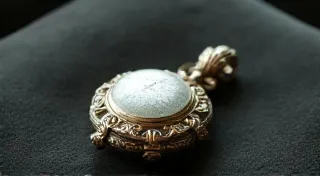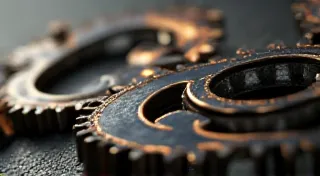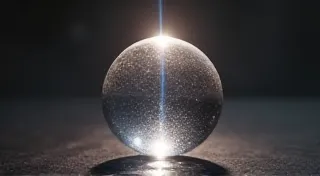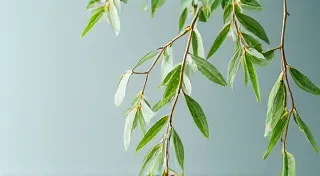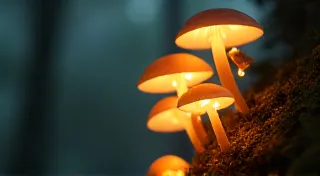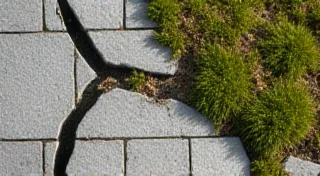Ephemeral Bloom: Cultivating Miniature Gardens of Fleeting Beauty
There’s a poignant beauty in things that don’t last. Think of a perfect sunset, a child’s first laugh, or the delicate bloom of a cherry blossom. Their transience makes them all the more precious. This appreciation for the ephemeral is deeply ingrained within the world of miniature gardening, especially when crafting dollhouse landscapes. We strive for realism, for detail, but what if we embraced the fleeting? What if our miniature gardens celebrated the beauty of plants that live and bloom for a very short time?
My grandfather was a master craftsman. Not a gardener, initially. He restored antique accordions. Each one, a relic of a bygone era, held stories etched in its keys and bellows. He’s the one who taught me about the beauty of decay, the melancholy charm of a once-vibrant object gradually returning to its constituent parts. He’s explain that preserving the *memory* of an accordion's sound, its vibrancy, was just as important as (and arguably more vital than) a perfect, sterile restoration. He’d painstakingly repair a cracked key or replace a worn reed, but he’s always careful to maintain the evidence of the accordion’s history, its journey.
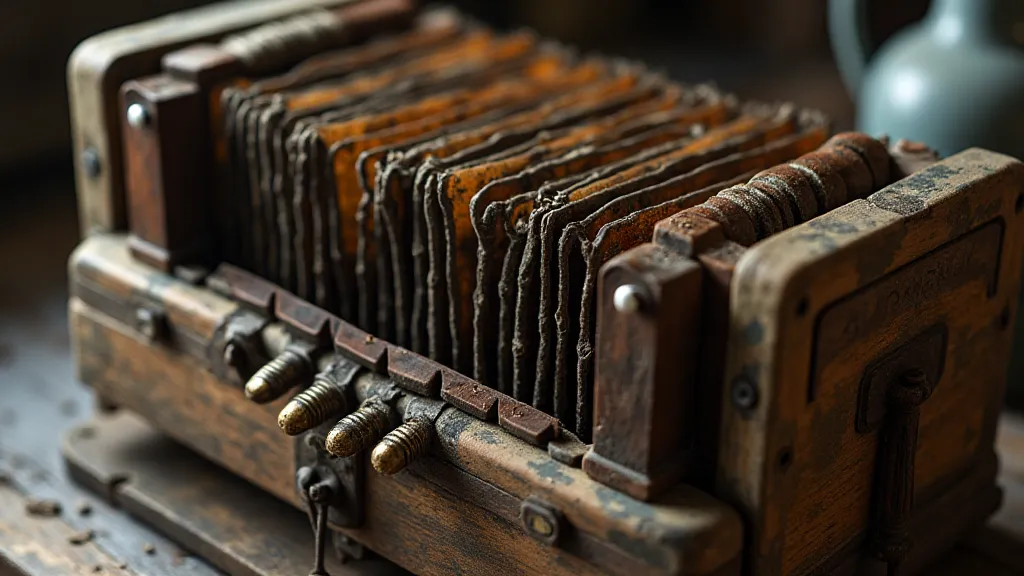
That philosophy applies wonderfully to miniature gardening. We meticulously plan layouts, select the perfect soil mixture, and agonize over scale. But what if we, like my grandfather, intentionally included elements that would fade, wither, and change? This isn't about neglect. It's about acknowledging the natural cycle of life, even in a tiny, curated world. It's about understanding that even within a controlled environment, mimicking nature requires more than just aesthetics; it requires a grasp of the delicate ecosystem at play. And sometimes, the beauty lies in the natural progression of that ecosystem.
Embracing the Ephemeral: Plant Selection
Traditional miniature gardens often feature hardy succulents, evergreens, and perennials. While these have their place, let’s explore the joy of short-lived blooms. Poppies are an obvious choice. Their vibrant, almost defiant color is a testament to the fleeting nature of beauty. Miniature cherry blossoms, painstakingly crafted from tissue paper or thin fabric, can evoke the feeling of a spring orchard in full bloom. Calendula, with its sunny orange petals, offers a similarly short but dazzling display. Even miniature wildflowers – cornflowers, daisies, forget-me-nots – capture the wild, uncontained beauty of a meadow in its prime. Creating a truly captivating miniature garden requires a keen eye for detail, and understanding the nuances of various plant species and their preferred conditions. Beyond just choosing the plants, you must also consider the materials used to represent them, ensuring they contribute to the overall narrative and aesthetic.
The challenge, of course, is managing expectations. You must accept that these plants, or their representations, will not last forever. A strategically placed miniature greenhouse can prolong their display (more on that later), but ultimately, their transient nature is part of their charm. Think about the challenges of creating an environment that balances light, humidity, and ventilation, a task that demands both artistry and a little bit of horticultural science. Understanding how to control these elements allows you to curate a miniature world that reflects the cycles of nature, even in a tiny space.
Dollhouse Landscaping Ideas: A Fleeting Narrative
When designing a miniature landscape with ephemeral plants, consider the story you want to tell. A poppy field might suggest a summer meadow, abandoned to the elements. Miniature cherry blossoms could represent a spring garden, perhaps overlooked and allowed to run a little wild. The key is to create a scene that evokes a feeling of nostalgia and remembrance. The overall effect can be heightened by carefully selecting your materials. Consider using a variety of mosses to create a feeling of age and natural growth; the art of miniature moss cultivation is truly essential for achieving that effect.
Don't be afraid to incorporate elements of decay. A slightly tilted fence, a crumbling stone path, a miniature log overgrown with moss – these details add to the narrative and enhance the sense of transience. Miniature moss cultivation is essential here. Use a variety of mosses, from bright green cushion moss to darker, more mature varieties, to create a feeling of age and natural growth. A patch of wilting poppies near the path can serve as a visual reminder of the garden’s fleeting glory. The visual impact of a decaying element can be amplified by strategically placing it near a vibrant, blooming flower, highlighting the contrast between life and death, vibrancy and decline.
Creating Miniature Greenhouses: Extending the Moment
While the fleeting nature of these plants is part of the appeal, a miniature greenhouse can offer a brief reprieve. Building a miniature greenhouse – from scratch, from a kit, or even repurposed from a small container – allows you to control the environment and extend the bloom period. Consider incorporating features like miniature ventilation holes and a tiny watering can for added realism. A glass-domed greenhouse allows for maximum light penetration, which is crucial for short-lived plants. The greenhouse itself becomes a symbol of our desire to hold onto beauty, even as we know it will inevitably fade. Imagine the challenge of replicating the complexities of a larger greenhouse at such a small scale – the precision required for ventilation, the careful consideration of light diffusion, and the delicate balance between humidity and airflow.
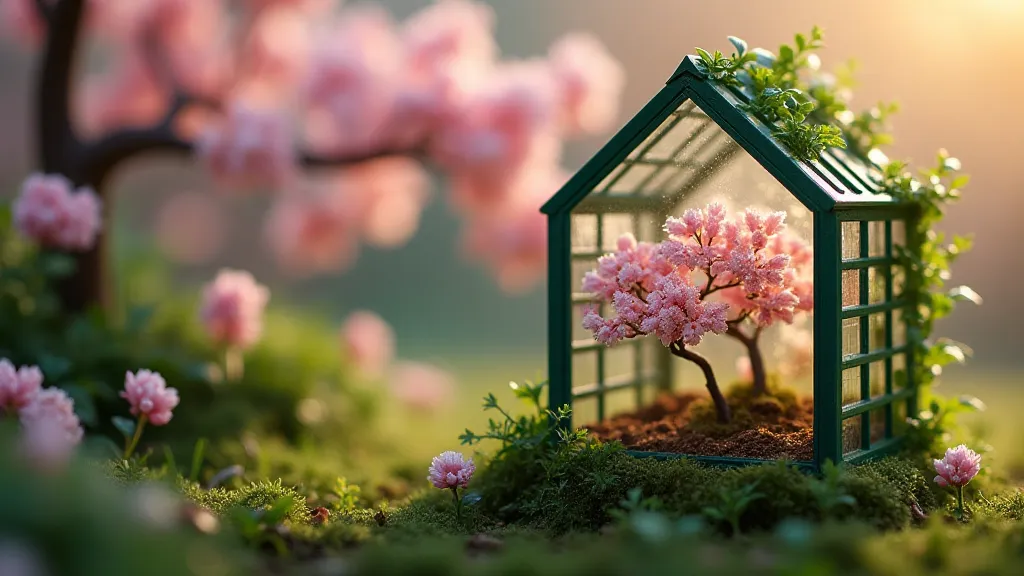
Scale Model Flower Pots & Accessories: Adding Detail
The accessories you choose are just as important as the plants themselves. Antique-style scale model flower pots, weathered watering cans, and miniature gardening tools add to the sense of history and realism. Look for pots that show signs of age – chipped paint, cracked glaze, moss growing in the crevices. A single, wilting poppy lying beside a miniature trowel creates a poignant detail. These seemingly small touches elevate the entire scene, imbuing it with a sense of authenticity and emotional depth. And for a really captivating display, you might even consider creating a jewel-box world, a miniature landscape enclosed within glass, a miniature ecosystem suspended in time.
Terrarium Building Guide: A Miniature Ecosystem of Fleeting Beauty
A terrarium, particularly a closed one, offers a unique opportunity to showcase ephemeral plants in a self-contained environment. The moisture and humidity within the terrarium can prolong their bloom period, but ultimately, even within this controlled microcosm, time marches on. Layering the terrarium with different types of moss, gravel, and decorative elements creates a visual representation of the different stages of growth and decay. Miniature bonsai techniques can also be applied to shape and prune the plants, further enhancing the artistic expression. The careful selection of materials and the precise layering of elements are key to creating a terrarium that is both aesthetically pleasing and biologically sustainable.
The principles my grandfather taught me about accordions – respecting history, acknowledging decay, celebrating memory – translate beautifully into the world of miniature gardening. By embracing the ephemeral, we can create dollhouse landscapes that are not merely visually appealing, but also emotionally resonant and deeply meaningful. These aren't static displays; they're living narratives, fleeting moments captured in miniature, reminders of the beauty that exists, even as it passes. Just as the shaping and training of miniature trees requires a patient hand and a keen eye, the creation of a truly evocative miniature garden requires a deep understanding of natural cycles and a willingness to embrace imperfection. Mastering textural contrast is another key element in crafting truly captivating miniature landscapes.
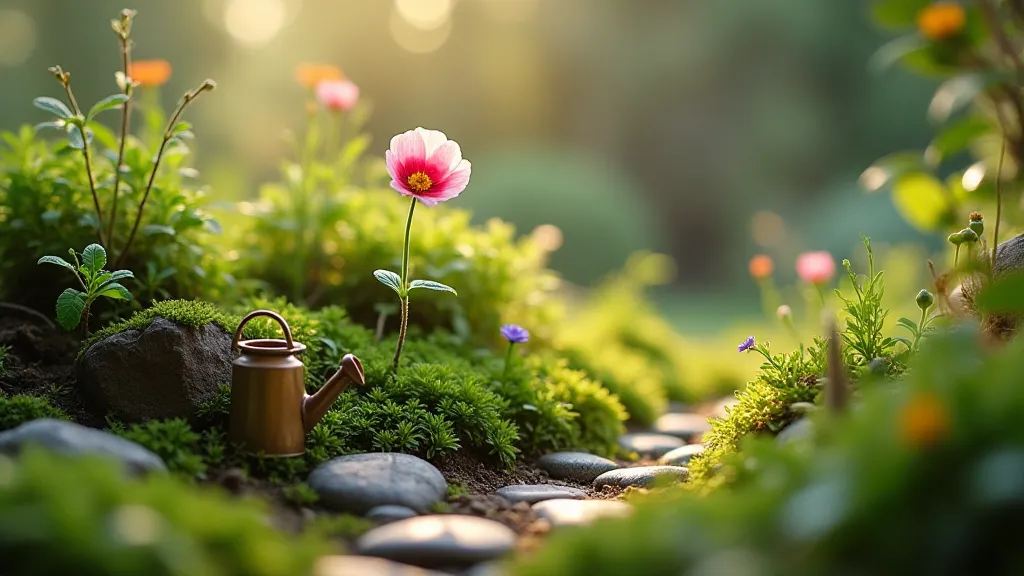
Consider your miniature garden not as a monument to permanence, but as a miniature echo of the grand, cyclical rhythms of nature. Let the fleeting bloom be a testament to the preciousness of the present moment. The beauty of this art form resides not just in the final product, but in the journey of creation, the constant interplay between control and surrender, and the quiet appreciation for the transient nature of beauty itself.
